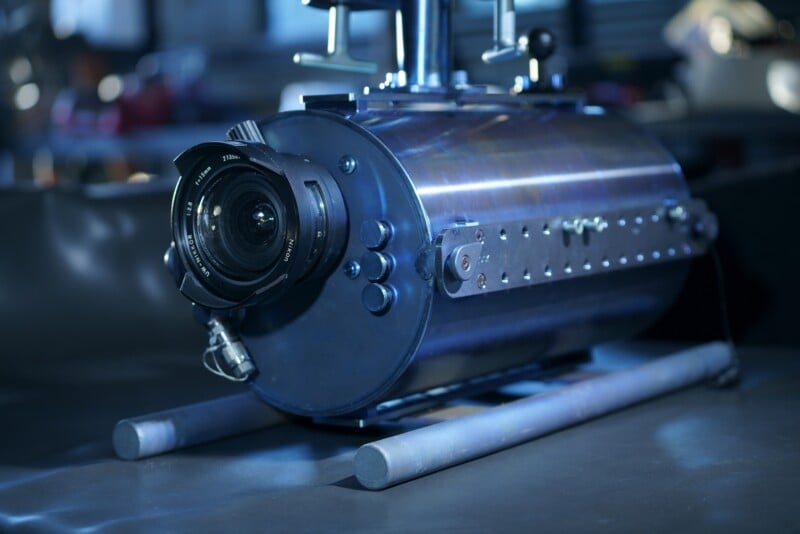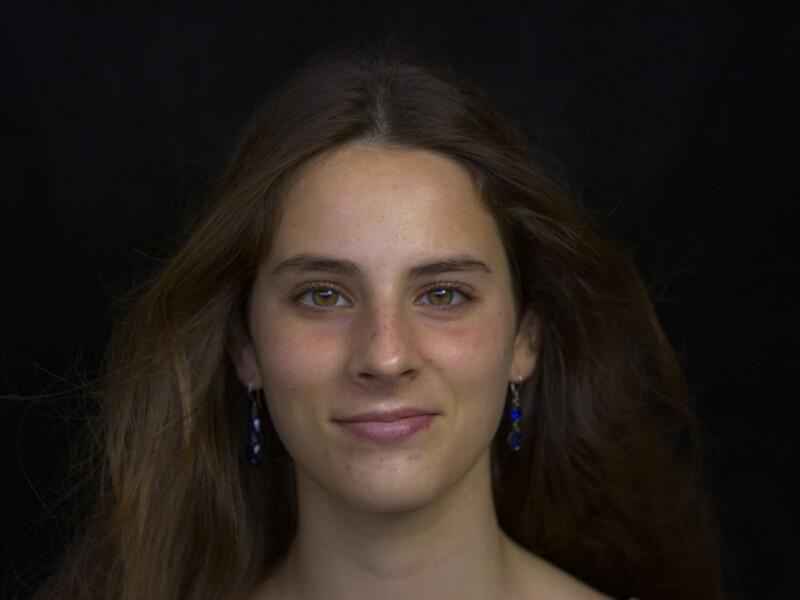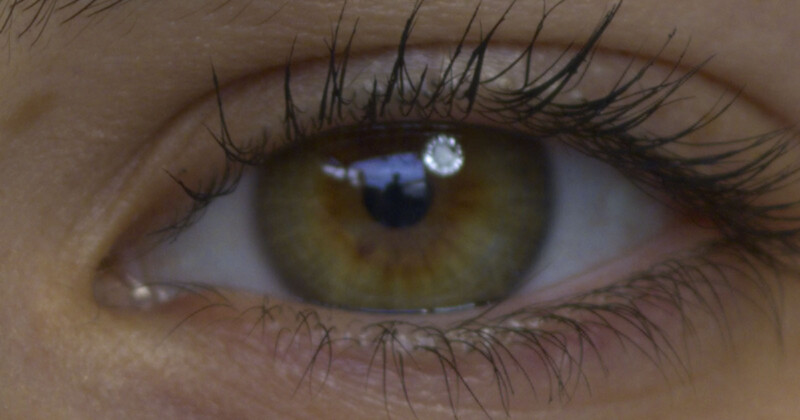Gorgeous Underwater Whale Footage Shot With Custom 18.7K Cine Camera

Last month, award-winning Tasmanian filmmaker and inventor Pawel Achtel, ACS, captured extremely high-resolution underwater footage of whales using a custom 18.7K, 9×7 cinema camera that he says is a “remarkable milestone in wildlife cinematography.”
The footage showcases what Achtel claims is the sharpest, highest-resolution, underwater footage of whales ever seen. It was able to be captured thanks to his “innovative” 9×7 digital cinema camera that was paired with custom-designed Vanquish underwater housings and modified Nikonos submersible lenses.
![]()
It’s a similar system to what he employed during the capture of James Cameron’s Avatar: The Way of Water.
“Such sharpness is exceptionally challenging to realize on land, even with large multi-camera arrays, and previously deemed unachievable underwater — until now,” Achtel says.
![]()
According to Achtel, the footage is unique because of its quality which is vastly higher than modern 4K and 8K standards. It exceeds the IMAX specifiations by a “significant margin” and is meant to be seen on massive 32K LED volume stages such as at Nant Studios in Melbourne, Australia. Achtel’s website says the footage is high enough resolution to work with IMAX, The MSG Sphere, Flying Theater, and other giant screen systems.
Achtel shared a still frame from an unrelated project that was captured with the camera. It measures 18,688 x 14,000 pixels, which is about 261 megapixels, with excellent sharpness.


For reference, this 18.7K camera is very similar to the square format 18K Big Sky camera used to capture footage for the Las Vegas Sphere.
“We’re filming humpback whales using my company’s revolutionary 9×7 Digital Cinema Camera, combined with lightweight titanium underwater housing and purpose-designed optics,” Actel says. “This unprecedented achievement was made possible by overcoming the optical challenges of traditional underwater housings and the cumbersome nature of conventional underwater equipment. With our lightweight, maneuverable, and high-resolution camera systems, we can effortlessly follow the action.”
The footage was captured under a special permit and in collaboration with marine science researcher Professor Rob Harcout. The footage was designed to focus on mother whales — specifically, humpback whales — with newborn calves for what is described as an immersive film project.
“The weather and the whales were mostly cooperative,” Achtel adds. “Occasionally we were with faced heavy rain and strong winds, but the underwater shots we captured were otherworldly. You can see every pore on the humpbacks’ skin, the fine hairs, and every bubble released from their fins—this is a magic that cannot be replicated, even through a diving mask.”
Tonga was chosen as the film destination because humpback whales gather off the coast there annually to give birth and mate, which allowed Acthel to capture the footage.
“We’re filming humpback whales using my company’s revolutionary 9×7 Digital Cinema Camera, combined with lightweight titanium underwater housing and purpose-designed optics,” Achtel says.
“This unprecedented achievement was made possible by overcoming the optical challenges of traditional underwater housings and the cumbersome nature of conventional underwater equipment. With our lightweight, maneuverable, and high-resolution camera systems, we can effortlessly follow the action.”
Image credits: Pawel Achtel